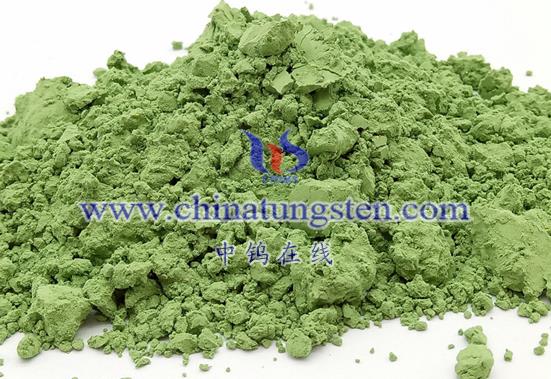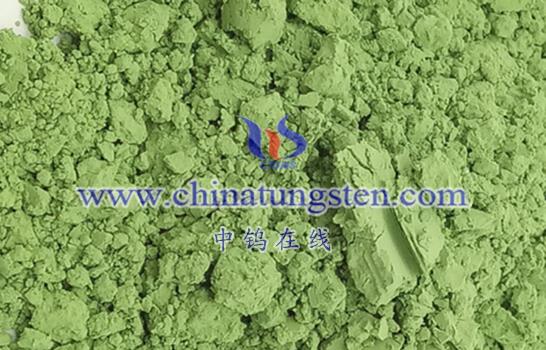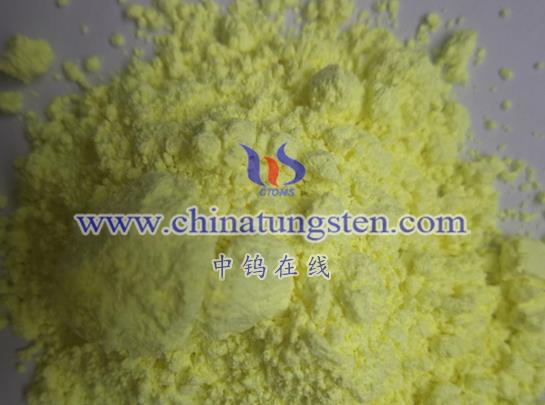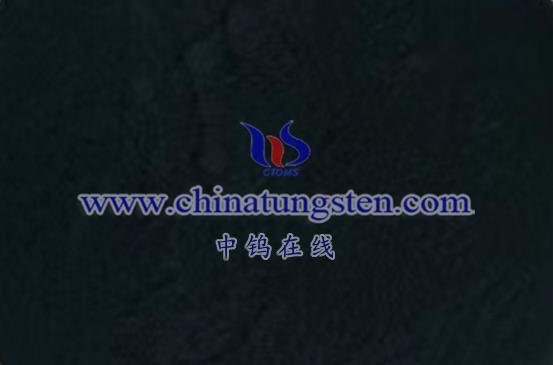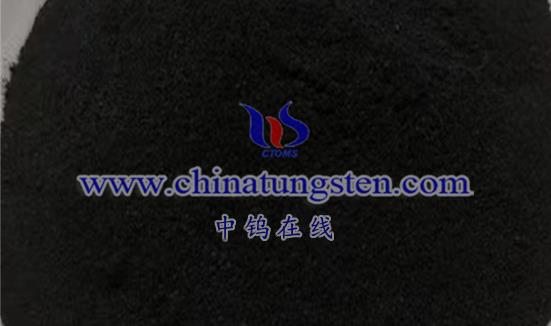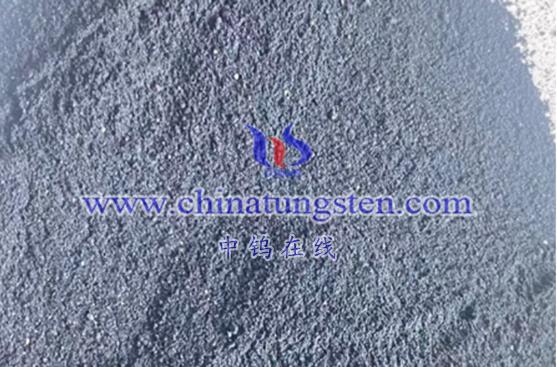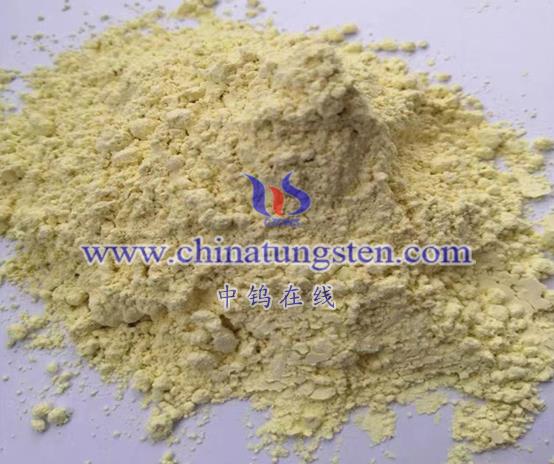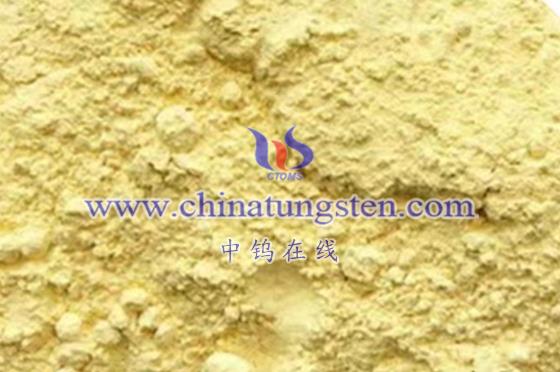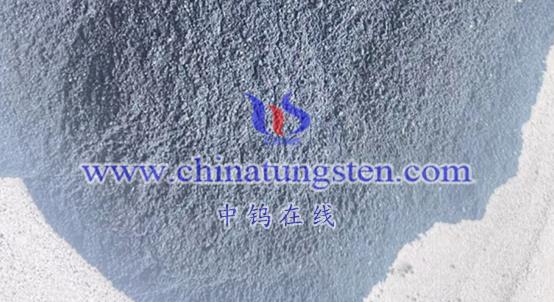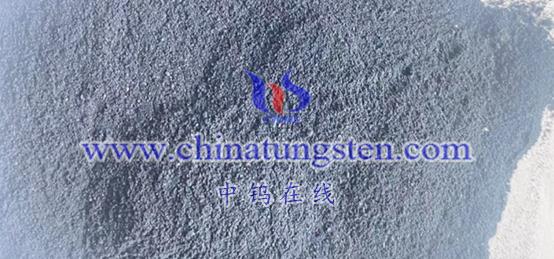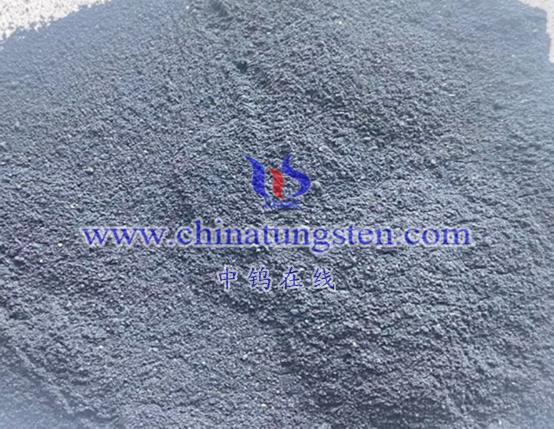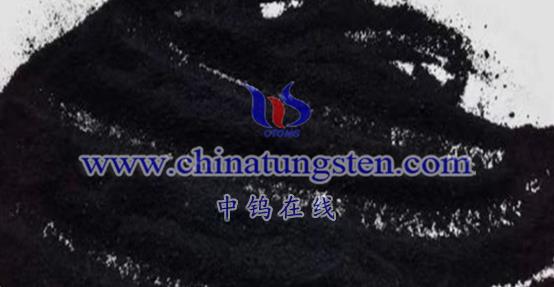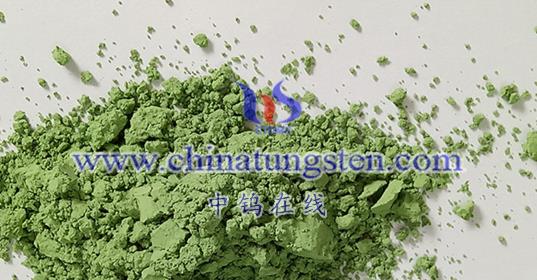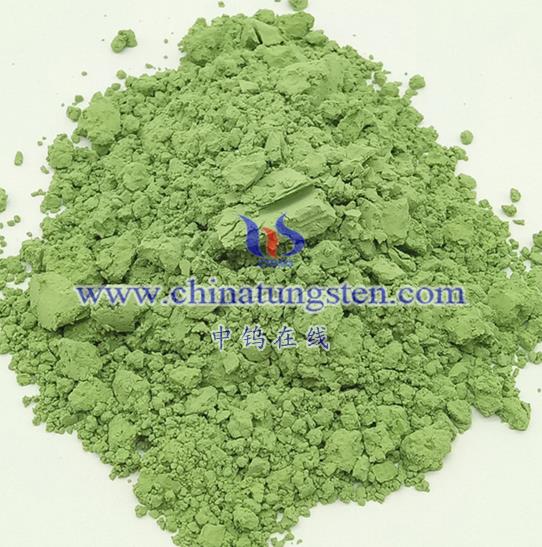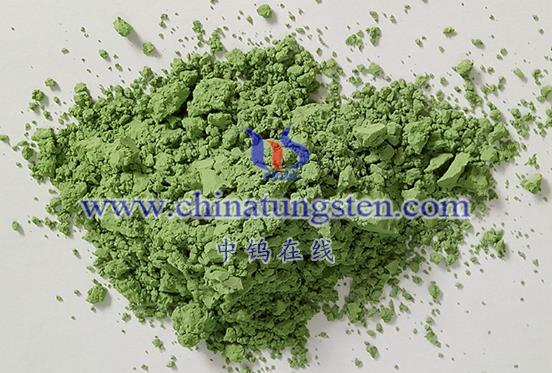
Different methods for preparing tungsten oxide nanoparticles have their own unique advantages and disadvantages. Here’s a detailed analysis of the various methods:
- Chemical Synthesis Methods
Advantages:
- Simplicity: Chemical synthesis methods are generally straightforward and require relatively simple equipment, making them suitable for large-scale production.
- Control: By adjusting reaction conditions such as temperature, pH, and concentration of reactants, it is relatively easy to control the morphology, size, and distribution of tungsten oxide nanoparticles.
- Cost-Effective: The raw materials for chemical synthesis are often less expensive compared to other methods, which helps in reducing production costs.
Disadvantages:
- Wide Size Distribution: Chemical synthesis can produce nanoparticles with a wide range of sizes, which affects the uniformity of the product.
- Aggregation: Nanoparticles tend to agglomerate during the synthesis process, which can affect their dispersion and overall performance.
- Hydrothermal Method
Advantages:
- Small Particle Size with Narrow Distribution: Nanoparticles produced via the hydrothermal method generally have small sizes with a narrow size distribution, good roundness, and dispersion.
- High Crystallinity: The high temperature and pressure conditions promote better crystallinity, which can enhance the performance of the nanoparticles.
- High Purity: The relatively closed reaction system reduces the introduction of impurities, resulting in high-purity tungsten oxide nanoparticles.
Disadvantages:
- High Equipment Requirements: The hydrothermal method requires specialized high-pressure reactors, which are expensive.
- High Energy Consumption: The high temperature and pressure conditions needed for the reaction consume significant amounts of energy.
- High-Energy Ball Milling Method
Advantages:
- Small and Uniform Particle Size: High-energy ball milling can produce nanoparticles with small and uniform sizes by using mechanical force to crush and refine the raw materials.
- Ability to Create Complex Shapes: By controlling milling parameters and subsequent processing, it is possible to produce nanoparticles with specific shapes and properties.
Disadvantages:
- High Energy Consumption: The ball milling process requires substantial mechanical energy, which can be costly and energy-intensive.
- Introduction of Impurities: Mechanical wear from the milling process may introduce impurities, which can affect the purity of the product.
- Sol-Gel Method
Advantages:
- Small and Uniform Powder Size: The sol-gel method often produces nanoparticles with small and uniform sizes, which can enhance their performance.
- High Purity: The sol-gel process typically operates in a clean environment, reducing the likelihood of impurities.
- Simple Process: The sol-gel method involves relatively simple processing steps, making it suitable for laboratory research and small-scale production.
Disadvantages:
- Difficult Control of Sol-Gel Transition: The transition from sol to gel can be complex and challenging to control precisely, potentially leading to unstable product quality.
- Hard Aggregation Post-Drying: Nanoparticles produced by the sol-gel method may harden and agglomerate during drying, which affects their dispersion and performance.
Summary
Each method for preparing tungsten oxide nanoparticles has its own set of advantages and drawbacks. The choice of method depends on the specific requirements and conditions of the intended application. Advances in technology continue to provide new methods and improvements, offering more options and potential for optimizing the production of tungsten oxide nanoparticles.
More details of tungsten oxide product, please visit website: tungsten-oxide.com
Please contact CHINATUNGSTEN for inquiry and order of tungsten oxide:
Email: sales@chinatungsten.com
Tel.: 86 592 5129595
